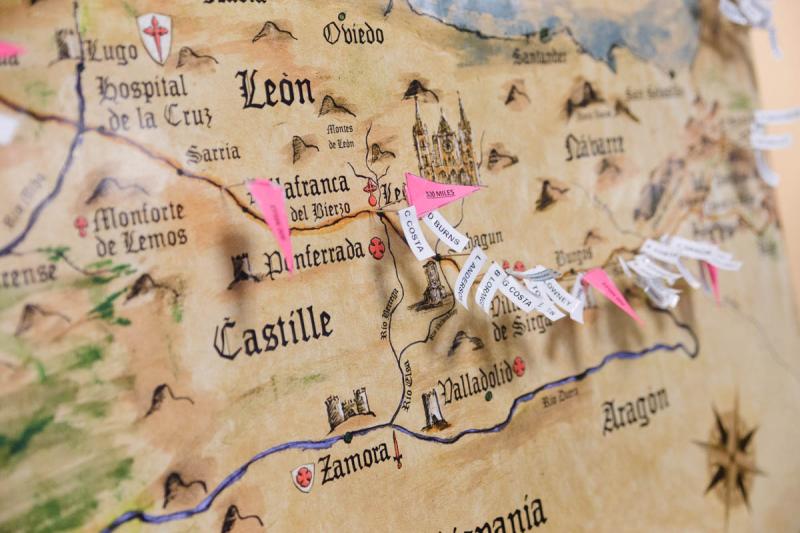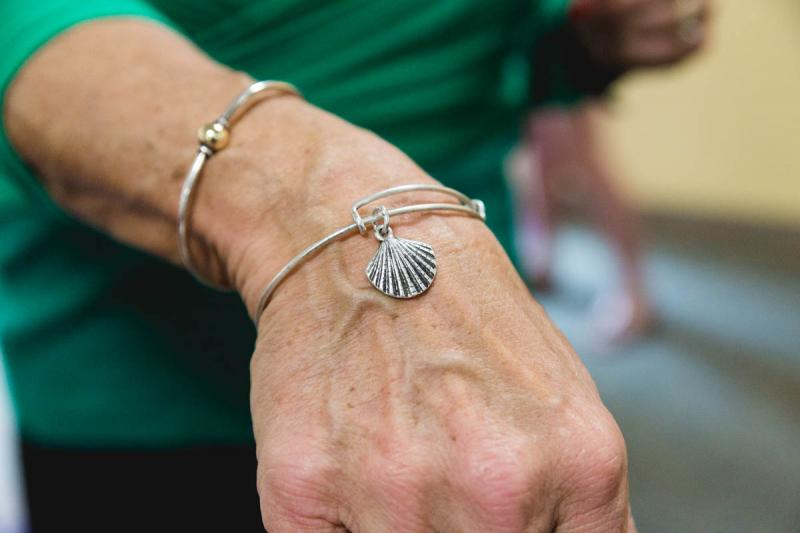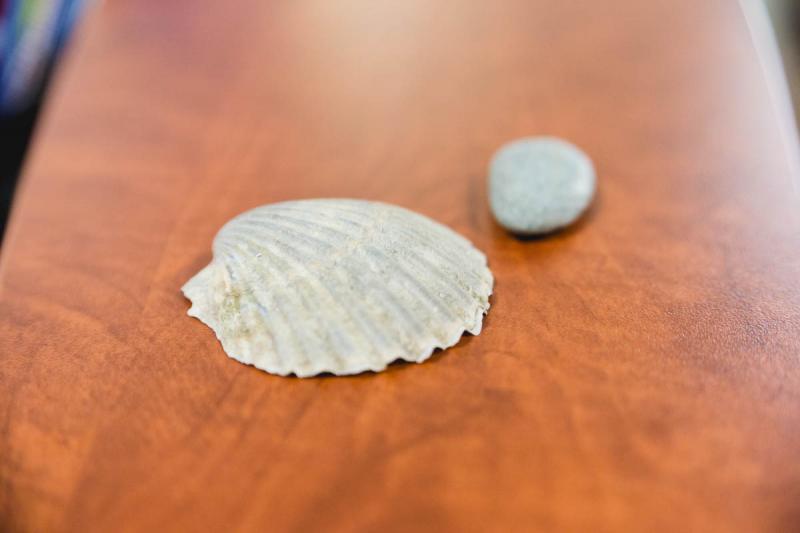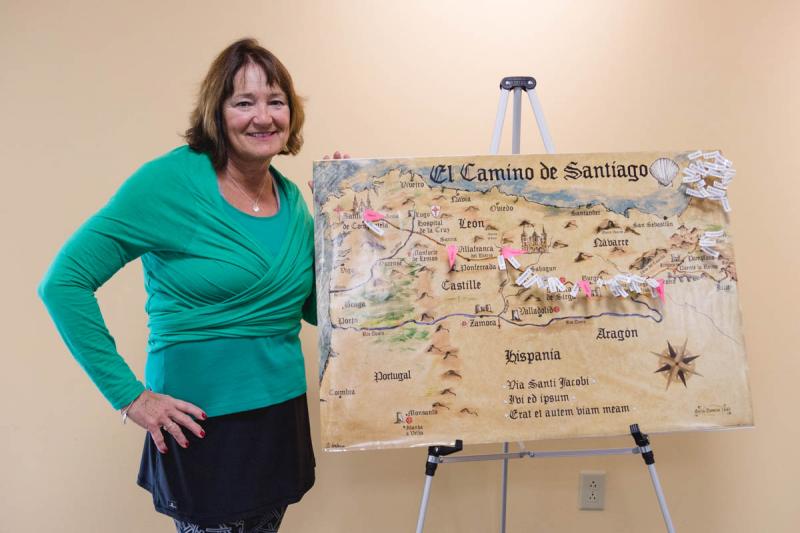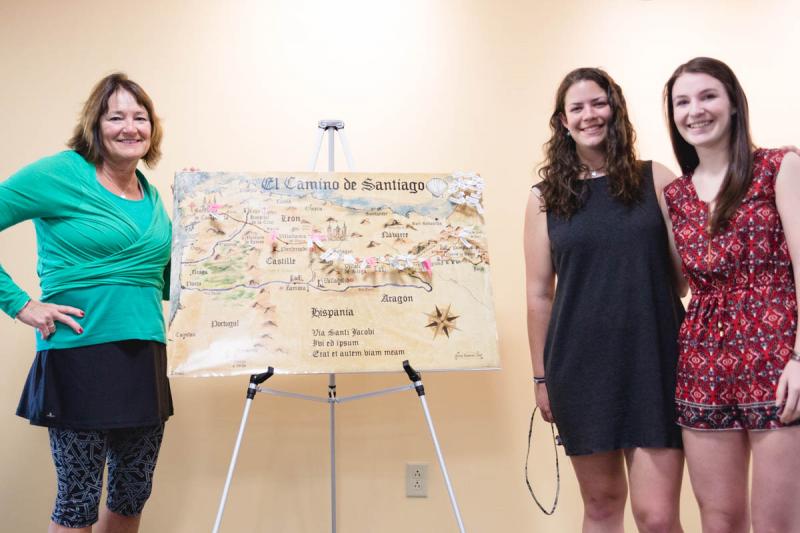Dartmouth woman to make 500-mile Camino de Santiago pilgrimage
A Dartmouth woman will embark on a 500-mile spiritual pilgrimage that will take her to the "end of the Earth" next month.
On May 11, Marcia Hathaway, 66, will depart on a pilgrimage of the Camino de Santiago. The Camino de Santiago, or “The Way of St. James,” is a pilgrimage that runs more than 887 kilometers—in excess of 500 miles—from St. Jean Pied de Port in France, through the Pyrenees, and all the way to through Spain to Santiago de Compostella, where the remains of St. James are believed to be buried.
Another 87 kilometers away is Finisterre, or “the end of the Earth,” which reaches the Spanish coast. Hathaway plans to go the extra half-mile, all the way to Finisterre.
After publishing her book, "A Village Prays," a compilation of non-denominational prayers, Hathaway found herself yearning for a spiritual journey.
“I am walking for spiritual reasons,” Hathaway said. “It is not a physical challenge I seek, but rather a spiritual exercise in walking meditation.”
But Hathaway, a yoga instructor at HealthTrax, will not be going it alone. Not only is her friend, Debra Perrone, making the trek with her, but Hathaway also extended the challenge to her clients. From Feb. 22 to June 22, a total of 45 of her clients signed up to participate in a “virtual” Walk the Camino challenge. Every day, they log their miles walked and chart their progress on a “pilgrimage map” made by interns and Dartmouth High School seniors Nicole Gidley, 18, and Alice Goodman, 18. They have five months to accomplish what Hathaway will do in five-and-a-half weeks.
Hathaway estimates she will be walking six hours per day to complete her journey. Along the way, she will be spending the night in hostels and hotels.
At the foot of the 50-foot iron cross at La Cruz de Ferro is a mound of stones that has been building over the years. Each stone is brought from pilgrim’s native land and left there as a symbol of preparing for rebirth in the last part of the Camino. Hathaway plans to leave her own stone at the site.
Hathaway's ultimate goal is to get her “credencial,” a document for pilgrims to authenticate their progress, stamped. Then, she must walk at least the last 100 miles of the journey to earn her “compostela,” a document to certify her pilgrimage.
Hathaway, who began her physical training on Jan. 1, has completed her own virtual walk and is now training to ensure she can carry her pack the entire way. One of the most challenging aspects of the walk has been trying to reduce the weight in her pack, which should not exceed 10 percent of her bodyweight, she said.
She likens the challenge of reducing her physical load to “[letting] go of that which no longer serves your higher purpose.”
“In so many ways, our lives are just too heavy,” she noted.
Hathaway says she was pleased by how “energized” her clients were by the challenge. Many people purchased Fitbit electronic exercise trackers, pedometers, and treadmills, and are using the MapMyRun mobile application to track their progress and better immerse themselves in the challenge. By Thursday, April 21, a sizable cluster of participants were just about at the halfway mark.
When she returns, Hathaway will host a party at HealthTrax to celebrate everyone’s journeys.
“I have lots of doubts, but I’m determined to do this,” Hathaway said. “[I’ll] be praying the whole time. That’s going to help.”
